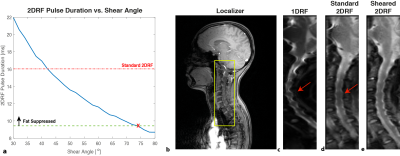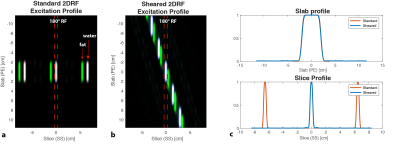Bahadir Alp Barlas1,2, Cagla Deniz Bahadir1,2,3, Sevgi Gokce Kafali1,2,4, Ugur Yilmaz2, and Emine Ulku Saritas1,2,5
1Department of Electrical and Electronics Engineering, Bilkent University, Ankara, Turkey, 2National Magnetic Resonance Research Center (UMRAM), Bilkent University, Ankara, Turkey, 3Department of Biomedical Engineering, Cornell University, New York, NY, United States, 4Department of Bioengineering, University of California Los Angeles, Los Angeles, CA, United States, 5Neuroscience Graduate Program, Bilkent University, Ankara, Turkey
1Department of Electrical and Electronics Engineering, Bilkent University, Ankara, Turkey, 2National Magnetic Resonance Research Center (UMRAM), Bilkent University, Ankara, Turkey, 3Department of Biomedical Engineering, Cornell University, New York, NY, United States, 4Department of Bioengineering, University of California Los Angeles, Los Angeles, CA, United States, 5Neuroscience Graduate Program, Bilkent University, Ankara, Turkey
The proposed sheared 2DRF pulse design technique achieves considerable reduction in pulse duration, improving the off-resonance robustness of reduced-FOV imaging via SNR enhancement while eliminating the slice coverage limitations and maintaining inherent fat suppression capability.

FIGURE 4. In vivo imaging results in the cervical spinal cord. (a) The standard and sheared 2DRF pulses had 16.0 ms and 9.5 ms durations, respectively. (b) The localizer showing the reduced-FOV region corresponding to 200 mm X 50 mm FOV. T2-weighted EPI images acquired using (c) 1DRF pulse with additional fat suppression (cropped full FOV of 200 mm X 162.5 mm), and (d) standard and (e) sheared 2DRF pulses. Reduced-FOV imaging achieves higher resolution with reduced in-plane distortion. The sheared 2DRF pulse further improves SNR in regions with high off-resonance effects (red arrows).

FIGURE 2. Simulated 2DRF excitation profiles for (a) the standard and (b) the sheared 2DRF designs. For the standard 2DRF pulse, the profile is periodic in the SS direction, limiting the slice coverage due to partial saturation effects. In contrast, the sheared 2DRF pulse places the replicas along the sheared axis, effectively pushing them outside the potential slice locations. (c) 1D cross-sectional excitation profiles along SS and PE directions demonstrate identical sharpness, with a slab thickness of 40 mm and a slice thickness of 4 mm.
